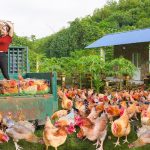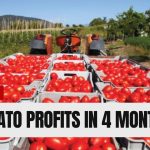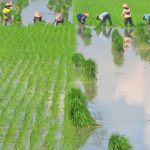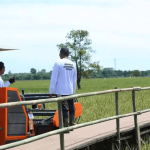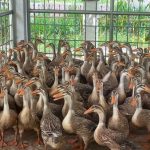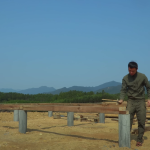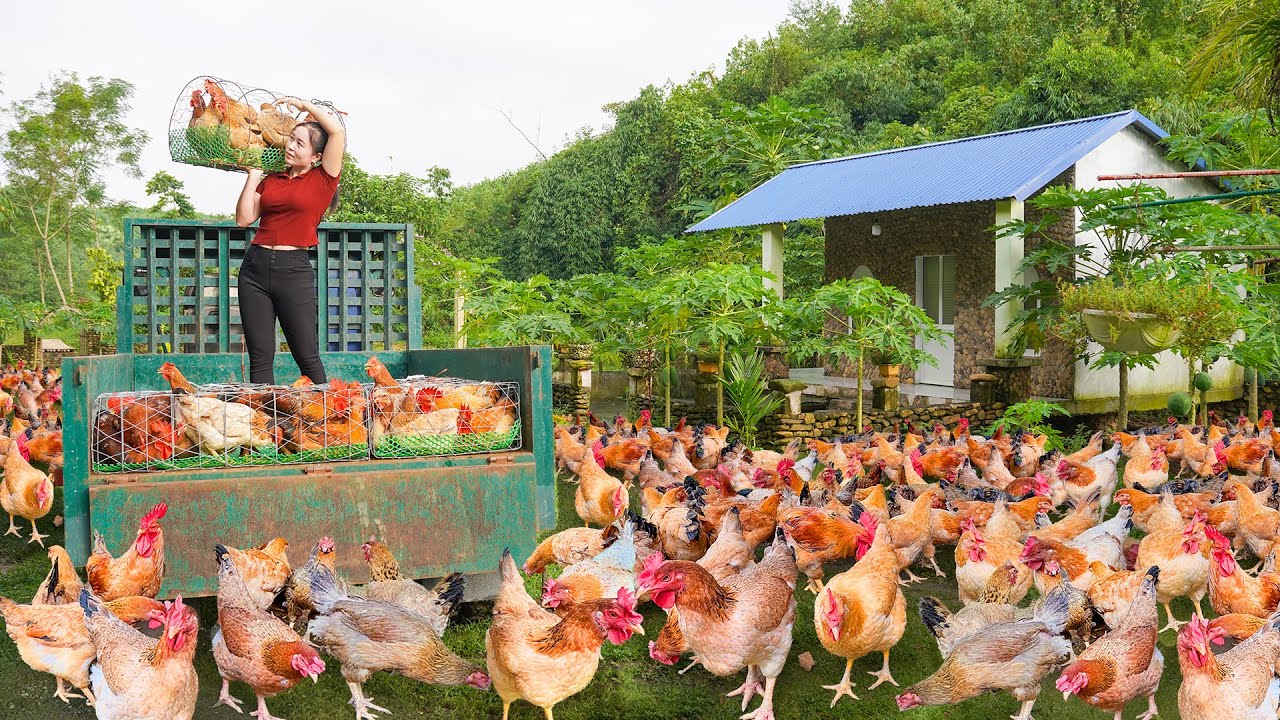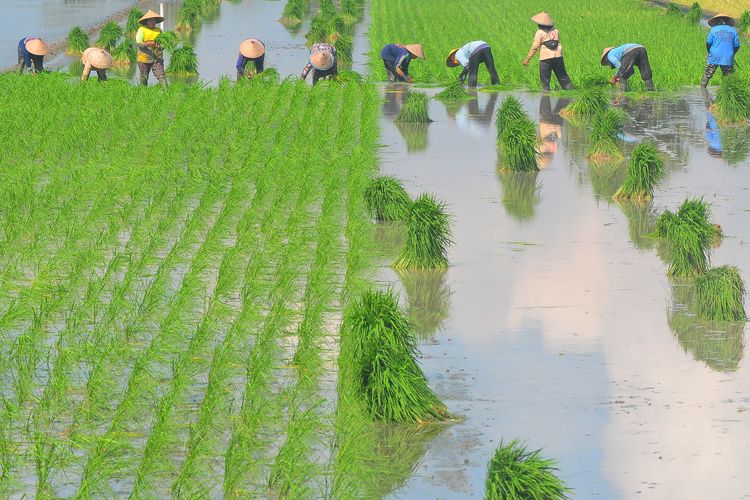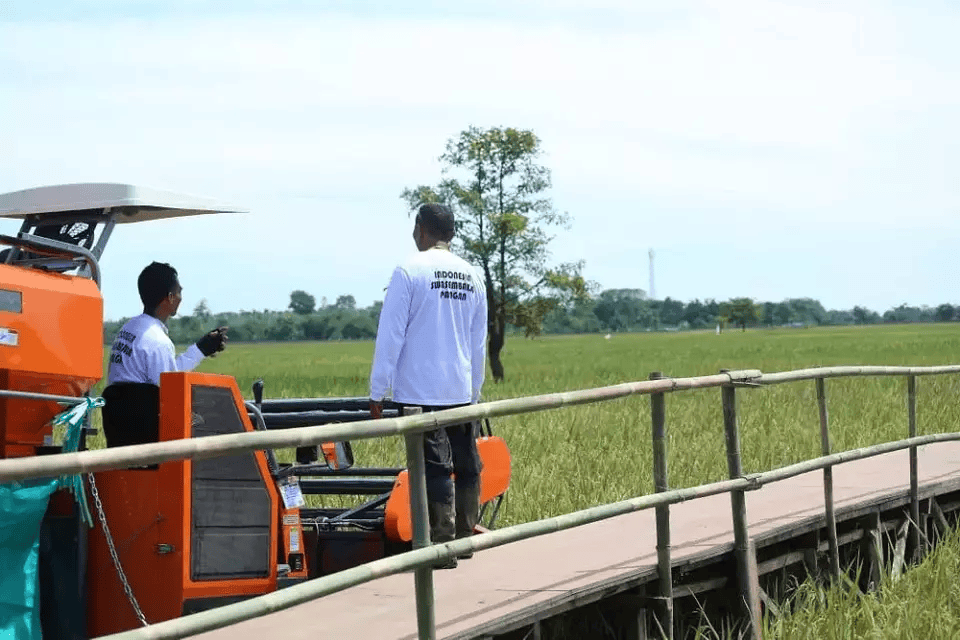Pollinator Garden Business for Providing Flowers to Beekeepers and Conservationists
Vision and Genesis
Launching a pollinator garden enterprise that supplies bespoke floral arrays to apiarists and conservationists melds botanical artistry with ecological stewardship. This endeavour thrives on niche acumen—curating floristic mosaics that yield sequential nectar and pollen flows, bolstering hive strength and wild pollinator populations. The narrative begins with an ember of inspiration: watching solitary bees emerge from hollow reeds in a suburban lot, igniting the conviction that orchestrated plantings can catalyse renaissance in beleaguered pollinator communities.
Botanical Curation and Phenological Sequencing
Species Selection
Expert purveyors distinguish themselves by compiling a roster of rare and under-utilized taxa—vetches like Vicia americana for early-spring forage, Agastache nepetoides for mid-summer effervescence, and Monarda fistulosa cultivars with variegated foliage that allure bumblebees. Incorporate geoflora such as Trillium erectum beneath canopy gaps to extend blooms into late spring and goldenrods (Solidago spp.) for autumn surfeit.
Bloom Calendar Engineering
Craft a phenogram: chart first-flush bloom dates, nectar-concentration peaks, and corolla depths to match pollinator proboscis lengths. Begin with crocus and Salix exigua in February, segue into Penstemon digitalis and Liatris ligulistylis in May–June, and culminate with Aster novae-angliae and Helianthus maximiliani in September–October. This seamless continuum sustains colony development and supports wild Lepidoptera diapause preparation.
Site Assessment and Soil Dynamics
Edaphic Profiling
Conduct in-depth soil assays: texture analysis via hydrometer method, cation exchange capacity (CEC) measurement, and microbial biomass quantification using substrate-induced respiration. High fungal-to-bacterial ratios skew towards ericaceous shrubs; loamy soils with moderate moisture retention favor composite families.
Microclimate Mapping
Employ infrared thermography to delineate thermal refugia—sun-warmed rock outcrops that entice Colletes bees, and cooler north-facing banks ideal for Andrena nesting burrows. Map wind corridors to position shelterbelts of Cornus sericea and Eleagnus angustifolia, reducing foraging energy expenditure.
Nursery Propagation and Cultivation Protocols
Seed Pretreatment and Germination
Implement stratification regimes: 90 days at 4 °C for Echinacea purpurea, 30 days at 1 °C for Asclepias incarnata, and scarification in sulfuric acid for robust exospermic species like Rudbeckia hirta. Track germination via time-lapse imaging to refine viability percentages.
Plug Production and Harden-Off
Use modular plug trays (150 cm³ cells) with custom substrate blends—peat-free compost, perlite, and biochar inclusion at 10 % volume—to optimize root aeration. Expose seedlings to incrementally increasing UV-filtered light (500 to 1 000 µmol m⁻² s⁻¹ PAR) over ten days to acclimatize before transplant.
Garden Design and Planting Schemes
Polycultural Assemblages
Design plant guilds combining nitrogen-fixers (Ceanothus americanus), nectar yields (Eryngium yuccifolium), and larval host plants (Asclepias syriaca) in theme beds. This ensemble fosters mutualistic interactions—legume-facilitated soil enrichment enhances nectar sugar content in adjacent forb species.
Spatial Zoning
Implement concentric rings: chrysanthemums and salvias at plot periphery to attract generalist pollinators; mid-layer clusters of Penstemon and Agastache to serve mid-tier foragers; low-groundcovers like Nepeta cataria for leaf nesting bees. Interplant Toulouse meadow blends for aesthetic continuity and edge diversity.
Harvesting and Post-Harvest Handling
Optimal Harvest Timing
Collect inflorescences at pre-anthesis for maximal nectar concentration. Use refractometry to gauge °Brix weekly, targeting 30–40 % sugar content. Bag rush baskets lined with inert paper to wick dew, minimizing moisture-induced spoilage.
Drying and Preservation
For cut-flower bundles destined for apiary brood chambers, employ gentle air-drying at 30 °C under low-humidity (20 % RH). Seal herbarium-grade bundles in paper sleeves to retain volatile aromatic compounds that attract pollinators upon deployment.
Packaging and Logistics
Sustainable Packaging
Utilize corrugated fiberboard trays with dividers made from wheat-straw pulp. Line with compostable liners infused with loam to maintain humidity. Incorporate seed packets of companion plantings—small gifts that amplify garden expansion.
Distribution Channels
Offer subscription models: weekly posies during peak bloom, monthly habitat enhancement kits (combining seed bombs and live plugs), and annual restoration consignments for conservation projects. Partner with beekeeping cooperatives and environmental NGOs for bulk orders.
Marketing and Storytelling
Narrative Crafting
Frame each floral offering with origin stories: the prairie remnant where Liatris was sourced, the family farm preserving heirloom Rudbeckia seed. Leverage evocative language—“arachnid-friendly webs” of foliage, “symphonic hum” of foraging bees—to resonate with conservationists.
Digital Engagement
Maintain phenophase diaries with timestamped photographs. Use QR codes on packaging linking to video dossiers: insect macro-shots, soil-microbe animations, and explanatory infographics on pollinator lifecycles.
Collaboration with Beekeepers and Conservationists
Co-Development Trials
Invite apiarists to conduct in-hive sugar assays and brood temperature monitoring when deploying your floral consignment. Share findings at regional apicultural symposia to refine species mixes for honey varietals—monofloral nuances like Echinacea monofloral yields versus polyfloral blends.
Conservation Partnerships
Align with habitat restoration initiatives: donate seed stratification services for endangered plant reintroduction, provide cuttings for pollinator corridors along migratory routes, and contribute floristic data to citizen science platforms.
Financial Modeling and Scalability
Cost-Benefit Analysis
Calculate per-plot input costs—substrate, seeds, labor—and project revenue streams from retail, wholesale, and subscription lines. Integrate conservation grants and carbon offset credits for pollinator habitat creation into cash-flow models.
Scaling Strategies
Adopt modular micro-nurseries: portable polytunnels equipped with auto-misters and LED supplemental lighting, enabling networked propagation across disparate sites. Implement blockchain traceability for each batch, enhancing provenance and premium pricing.
Case Study WildBloom Apiary Gardens
Inception and Growth
Founded by mellitologist Dr. Aisha Rahman, WildBloom began with 0.5 ha of restored prairie. Within three seasons, yield trials demonstrated a 25 % increase in colony health indices when apiaries fed exclusively on WildBloom bouquets.
Innovations and Outcomes
Integration of micro-drip irrigation cut water usage by 40 %. Collaborations with entomologists identified key phenolics in Agastache that doubled pollen foraging rates. WildBloom’s annual “Floral Constellation” bouquet sold out within 24 hours to conservation trusts.
Future Directions and Innovations
Biotechnological Enhancements
Explore CRISPR-mediated nectar enhancement—upregulating nectarin gene families to extend sugar secretion duration. Investigate endophytic inoculations that boost drought resilience in flowers without altering palatability to foragers.
Automated Monitoring
Deploy drone fleets with multispectral sensors to map bloom density and pollinator visitation heatmaps, feeding AI algorithms that recommend planting adjustments in real time.
Expert Tips and Tricks
-
Grind local limestone into your substrate to buffer pH fluctuations in acid-prone soils
-
Use solar-charged mason bee nesting blocks to attract Osmia spp. early in spring
-
Pre-soak besoms of Trifolium repens in diluted molasses solution to jump-start bud exudation
-
Rotate floral guild assemblies annually to prevent soil nutrient depletion
-
Install acoustic sensors to record wing-beat frequencies, differentiating bee genera in flight
-
Bundle seed bombs in alginate matrices for precision dispersal in field trials
-
Stagger sowing dates across micro-zones to ensure even bloom succession
-
Employ geotextiles under walkways to suppress weeds without herbicides
-
Incorporate biochar inoculated with Bacillus spp. to enhance root-zone microbial networks
-
Publish annual “Pollinator Impact Scorecards” for clients to visualize habitat outcomes
This compendium equips experts with the stratagems and lexicon to cultivate, market, and scale a pollinator garden business that serves beekeepers and conservationists alike—fostering symbiosis between floriculture and ecosystem resilience.
